Behold a pale horse
… and he who sat upon it was death.
A research pod sat on the back wall. What once was a cylindrical glass tube shattered some time before. The strange flora, still very much alive, covered the wall. A massive trunk stretched from floor to ceiling, puncturing the hull and sealing the breach with its own body.
Mouse walked to a nearby computer, inserting a memory drive into the only port it would fit in. "Argus, I'm connected to a computer."
"I see it. Nice work, I can touch every system on board from here. Are you on the bridge?" Argus replied.
"No, it looks like a lab. Pull everything you can. You'll have time. I don't think anyone's gonna pull the drive out. We're heading home." Mouse stood up and noticed Roadrunner staring at the writhing mass.
She was about to speak when he stepped forward, his attention drawn to a blank space on the wall near the pod. He wiped away the ice to reveal a plaque with words written in gold: "Pale Horse."— From Odyssey 2
Azrael 1 is the name of the first system in a newly explored star cluster. Wayfarers ventured into the unknown and discovered quite the anomaly. Before Earth fell, it sent out The Four Horsemen, science cruisers meant to research that which they considered too dangerous to explore so close to home.
These explorers saw the result of such experiments. Project: Pale Horse is a dormant plant, a mass of white, fleshy roots nestled in a nebula of water vapor. These roots and brambles branched out from a vessel at its center point, taking the shape of a massive cosmic hourglass.
This plant stretches out nearly 4,000 km from The UEN Azrael, the ship that marks its point of origin. It orbits a white dwarf, somehow flourishing in the constant ocean of radiation, as well as the hard vacuum of space. As The Archivist of Safeharbor, I've looked over the data, and made my conclusions. I’m now prepared to add this information to The Archives.
Sample Analysis
Biological Functions
We were given a sample by The Wayfarers aboard The SVN Castine. Stained red from the sap, the flora's skin is soft, despite its outer layer's extreme density. This density is likely due to its exposure to the void. Human skin, an unsettlingly comparable substance, can easily handle a hard vacuum.
It's a common practice for one to cover hull breaches small enough with the hand until a sealing plate is found. You will suffer the worst hickey of your life, but you will, otherwise, be fine. The real problem with exposure comes from within. If exposed, our blood would boil in our veins due to the pressure, not to mention the radiation.
“Pale Horse'' adapted in such a way that it managed to solve this little problem. It has two layers of tissue protecting the vulnerable interior. The outer, more flesh-like layer protects from radiation and trauma from stellar debris. The second layer is similar to most plant fibers, but is also dense, allowing the plant to maintain interior pressures and temperatures.
Environmental Pressures
Visible light is a reflection. While some light and radiation is absorbed by Pale Horse for photosynthesis, it reflects most wavelengths of visible and non-visible light, giving the plant a white color that appears to glow in the light of the nearby star. This means the plant absorbs little in the way of light.
Plants need photosynthesis to survive, but I suspect this is the one benefit to being exposed to the void. It couldn't survive as is, and certainly couldn’t achieve its size, without being in a zero gravity environment. Once the vacuum is accounted for, it may never have needed much in the way of energy to grow, and the amount of energy present when so close to the star would prove more than enough.
There are no gravitational forces to overcome. There are no forms of fauna that can assist the plant in reproduction by spreading seeds, and no pests or predators to warrant the production of defense such as toxins and thorns. As such, it doesn't produce seeds. If it could speak, I imagine the flora would say its current location is highly agreeable.
Nutrition and Toxicity
It’s apparent that consuming any part of this plant is dangerous, based on reports from The Azrael. The sap smells floral, I assume the taste is lovely, as well, but it has some adverse effects in high quantities.
The sap's adverse effects occur when consumed over long periods of time. Neurotoxic compounds lead to damaged brain tissue. There are also compounds that disrupt bone density, leading to unnatural height and gait in the zero gravity environment of the void. Prolonged consumption will bring on these transformative qualities, and those afflicted will be irreversibly altered, becoming feral husks of what they once were.
It is safe to consume in small doses, no more than 6 g a week for the tissue and 1 L a week for the sap. With its nutritional density, a small section of the outer layer could feed you for days. It expands in the stomach due to how absorbent it is. The sap is equally beneficial, providing hydration, on top of its nutritional value.
Archivist's Note:The plant's tendency to absorb goes beyond just liquid. The plant also absorbs vapor, which explains why it manages to survive. Pale Horse sits in a cloud of water vapor, and constantly recycles what isn't used to survive. It even adapted to using the ship's interior to breathe. It managed to seal all hull breaches, most of which were its fault, and continued to grow until reaching pockets of air. It would use the crew to produce CO2 and, in turn, excrete O2.
Genetic Modifications
Upon deeper analysis of the samples collected, I've discovered evidence of genetic alterations to the subject. This is nothing surprising, as humanity indulged in genetic tampering many times before the earth fell. Almost every aspect of the plant is designed, with little in the way of mutation in its genetic code.
Pale Horse lacks vestigiality, traits that in another era of evolution served an end, but no longer have a purpose. Every aspect of the plant is almost perfect for its environment. There are disadvantageous traits that offer proof as well. The nutritional value of the plant is costly to produce in terms of energy. The vast majority of it is unneeded, and it never would have evolved them without pressure to do so, even in more favorable environments.
More importantly, these traits are all beneficial to human physiology. The kidneys and the liver filter toxins for a reason. Many things we consume contain impurities. Pale horse does not. It has no chemicals that are considered toxic, save for its rather unusual transformative qualities brought on by a major design oversight.
Ship Logs
The logs of the vessel clearly outline the goal of the project. Pale Horse was an attempt to find the one thing all those in the medical field are warned to avoid: a cure all. Apart from the nutrition, the sap contains numerous medical compounds, some unknown to our medical professionals. This explains the problems that come from high quantities of consumption.
Those who designed Pale Horse failed to realize that these compounds can blend together in the subject. By including such a cocktail of chemicals, some of these initially beneficial compounds blended together, a chemical reaction that developed the dangerous chemicals found in the plant today. It wasn't meant to grow to the size it did, either, which accounts for the trace amount of radiation in its sap. When active, it grew too much, breaching the hull of the vessel and continuing until going dormant. Pale Horse stores its nutrients in its outer layer.
Its growth is determined by the nutrients it managed to store over time, and the long voyage from earth was more than enough to reach its current size. Its size is still a bit of mystery. It shouldnt be as big as it is if it relied on its stored nutrients, alone. Based on the debris floating in the cloud of vapor, the plant likely had deposits of carbon and other building materials to assist its growth, latching onto asteroids and breaking them down over time in order to assist its growth.
Argus sat on the edge of her seat, carefully piloting the drone with her eyes glued to the screen. The drone raised the blade attached to it's arm, angled it as instructed, and made the first incision. The cut took effort. The fleshy skin resisted, almost too dense for the blade despite being sharpened to perfection. When the blade managed to cut through, the outer layers pealed away. Spheres of fluid floated off in the void, a thick red sap pouring from the wound.
“Is it…” Argus began, her stomach churning, “Is it bleeding?”— Research notes from The SVN Calstine
The Pale Horse Protocol
It is of crucial importance to remain silent near samples of the plant. While docile, property damage is a potential hazard. The Safe Harbor protocols have an effect on Pale Horse. Each protocol attempted prompted little more than a twitch of acknowledgement, but saying the phrase “Behold a Pale Horse” will initialize rapid growth.
The sample grew three times its original size within a day, shattering its container before going dormant. After examination, the skin and sap were much thinner, the nutrients absorbed to fuel the rapid growth. I believe this reveals what occurred on The UEN Azrael. After testing the protocol, the plant grew more dramatically in its low gravity environment. The plant also sprouted vibrant, multicolored leaves, adapting to life while planet-side. These leaves indicate an attempt to gather as much light as possible, regardless of wavelength.
I believe that humanity tried something new, and somehow succeeded. Instead of creating technology meant to mimic nature, they produced something natural that could mimic their technology. More than the protocols, even the cells of the plant back this up. They function much like nanites in how they produce such a wide variety of nutrients and compounds.
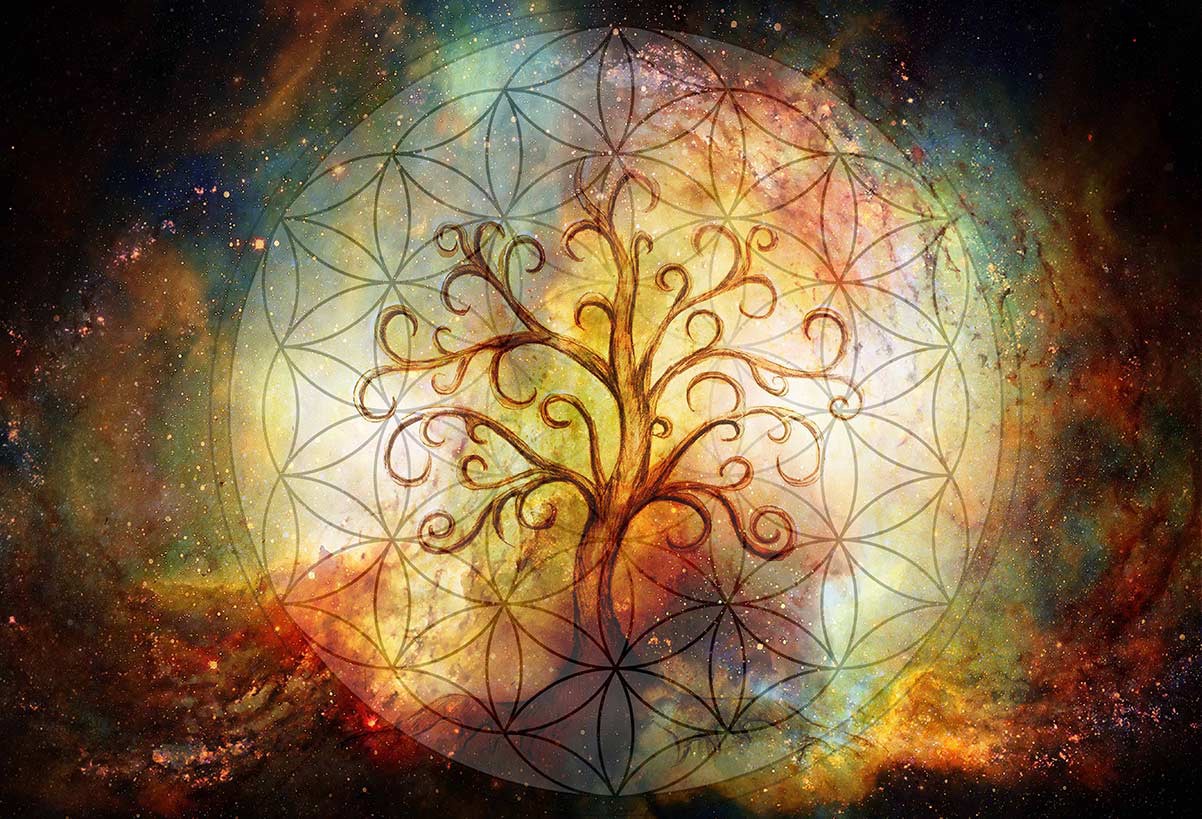
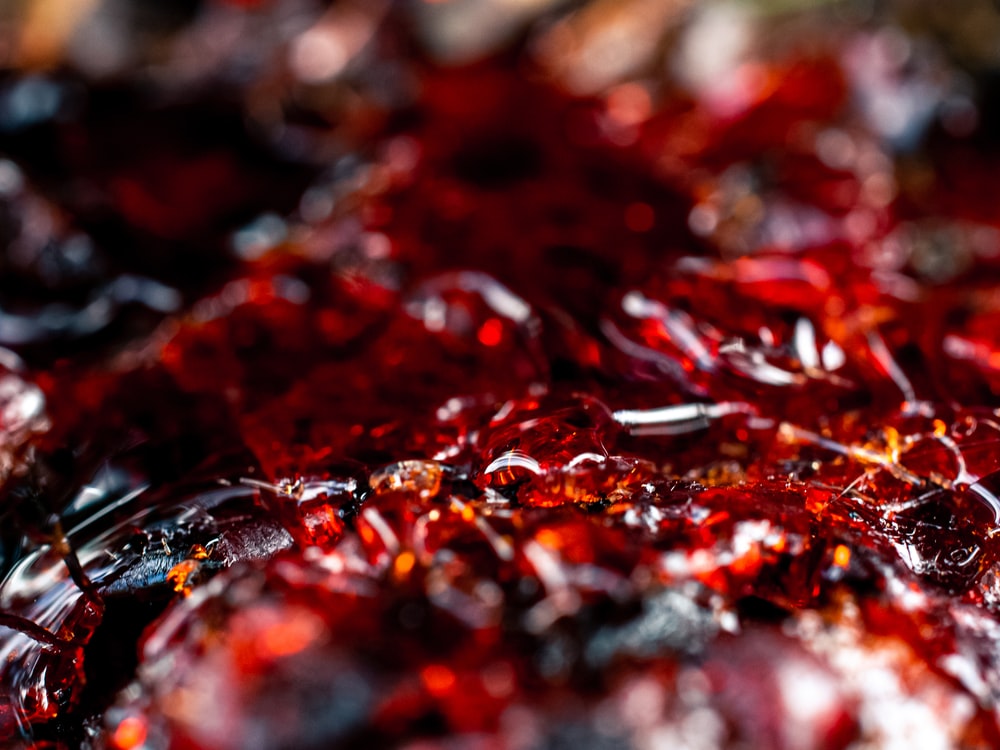



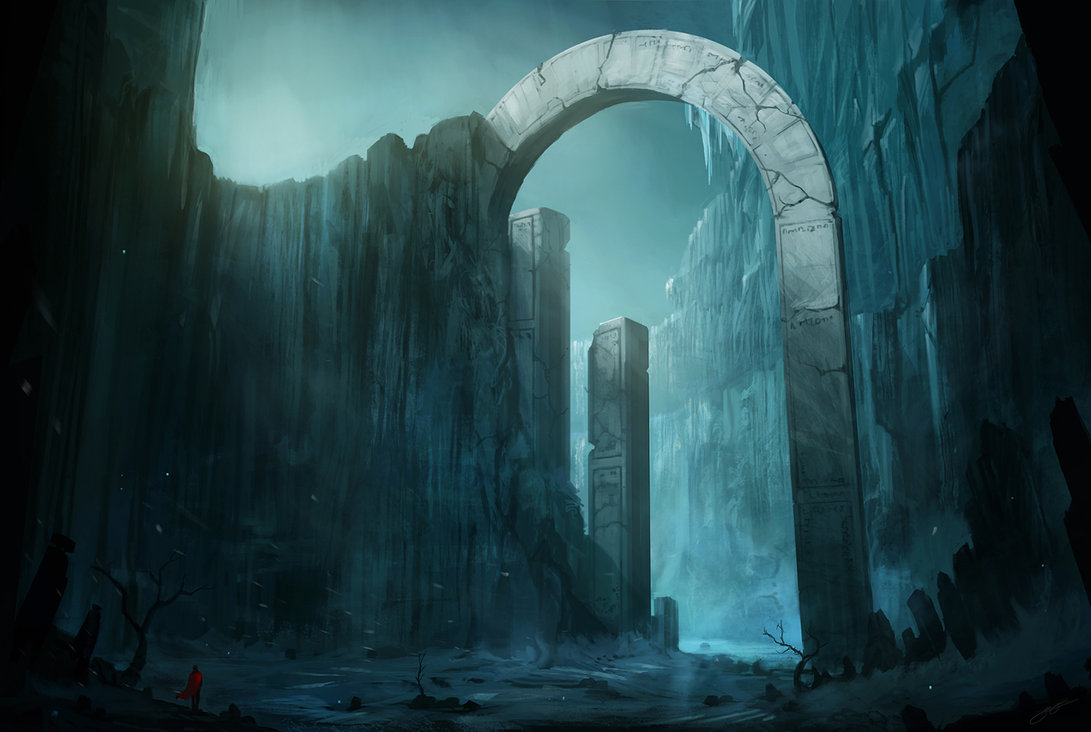
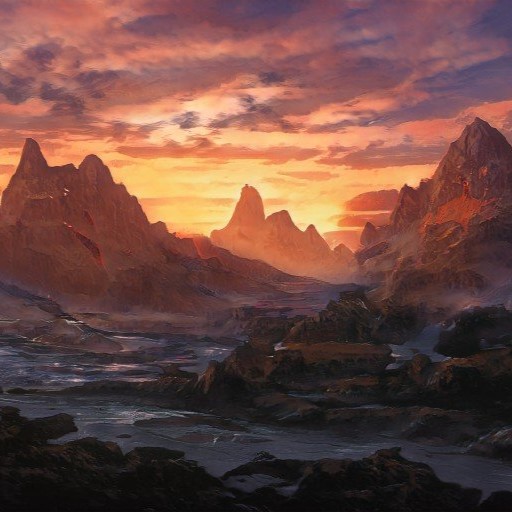
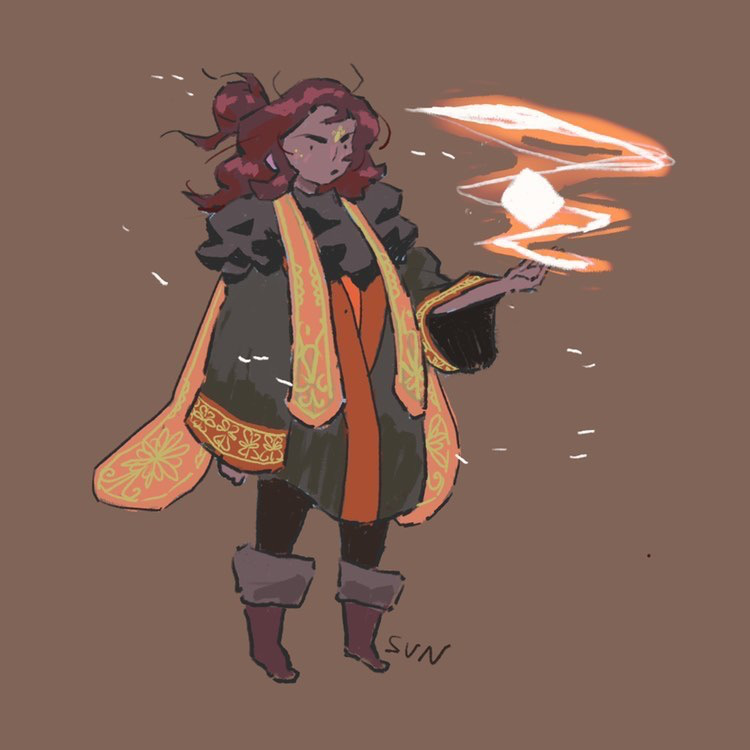
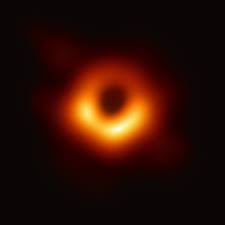


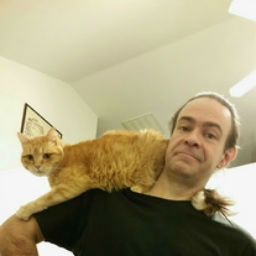
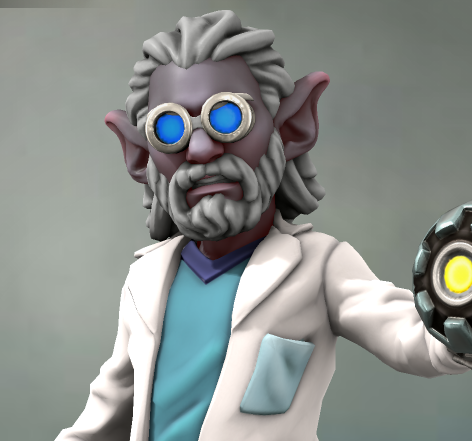

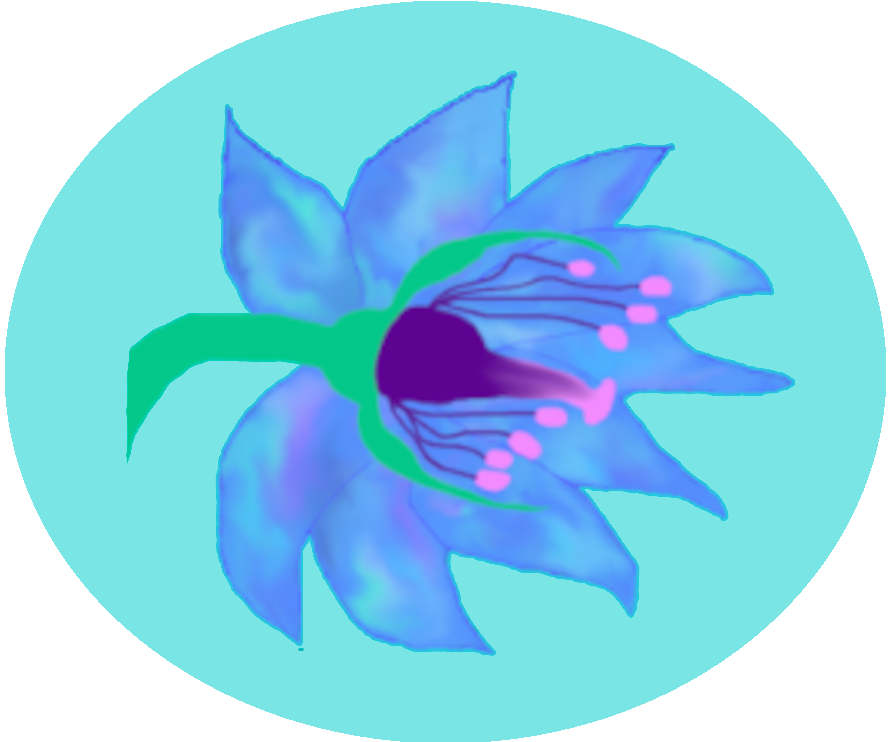


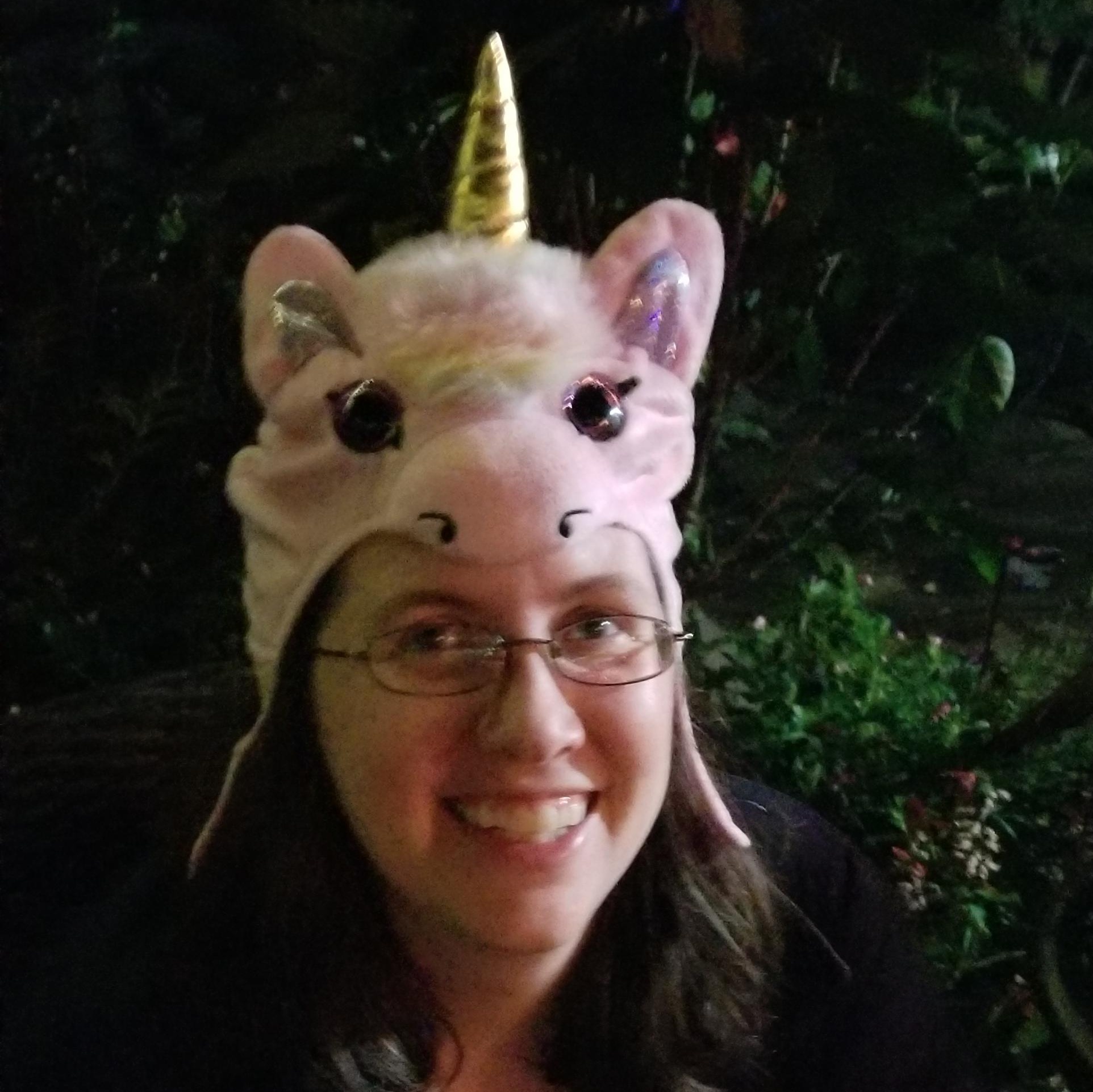



Cool! And also unnerving. A great and intriguing article! This plant is like a nightmare plant, but at the same time, it would be fascinating to behold. The effects it has on humans aren't ideal, as the crew shows...But the plant sounds eerily beautiful! Great job; I can't wait to see more.
I'm glad that shined through. I really wanted that duality to be clear. Its horrifyingly beautiful. Thanks so much! I'm glad you enjoyed it!